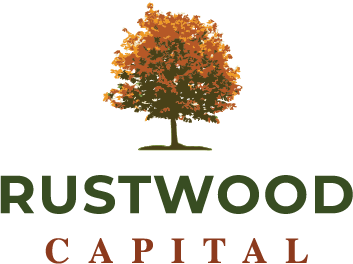According to most business owners, one of the most challenging parts of starting a business is startup funding. It is not easy for startups to access and use venture debt, even for those that are second- or third-time founders. However, experience can help you avoid common hazards and reveal opportunities for how to get ahead with venture debt.
Using Your Startup Venture Debt to Get Ahead
Below, we’ll take a look at ways that you can use your startup venture debt to improve your standing in your industry.
Expand founder reach and networks
At the very center of venture debt fundraising, a good partner can clarify the investment process and help you make the right connections. Venture debt investment is tricky and requires a show of mutual interest with long-term partnership as a goal.
Angel Investors can be really helpful for startups from signing term sheets to understanding signals. Other founders can help introduce you to institutional investors and experienced Angel Investors can disperse complex term sheets to venture capital and other alternative financing options.
Bringing on an Angel Investor can be quite helpful, since it’s rare to get a firm no from investors. The key is to learn how to figure out which signals indicate that an investor is truly interested.
If they continue to contact you, ask questions, and show an interest in meeting with you, it’s a warm lead. This is not going to be the case 100% of the time, but if you do find that you are in this predicament, it’s worth investing venture debt into resources to obtain more venture debt.
Improve Company’s Finance Strategy
As you think ahead to your future financial needs, you can use venture debt to scale your finance department. This involves getting your hands on tools that work for you, no matter how many employees you have.
It also may provide you the opportunity to move from outsourcing to building your own team in-house during your growth, as you refine the process and get your hands on tools to standardize the process.
In order to grow your business in a fast, responsible manner, you must have efficient policies, procedures, and reporting in place from the start.
Additionally, it’s critical that you get the pertinent information in the hands of the appropriate people quickly, empowering decision-makers to influence your business choices and your journey to getting venture deb. Venture debt can also be used on the strategic side, which influences your financing decisions because your strategy affects your entire business, not just financing.
Your financial decisions need to be aligned with your company goals as a whole and you need to make sure you’re in communication with the appropriate markets.
Access More Fundraising Funds
There are a couple of ways that you can access ad use venture debt. First, business needs, where the most critical component is the way your company uses funding. The second relies on the market- founders raise money when the conditions are best instead of when the funds are needed.
The second approach is more flexible. Conversations are based on business movement and funding naturally comes up. This relaxed approach puts the focus on the business, but it may not be as accessible for first-time founders that don’t have a strong track record yet. If this is your situation, bootstrapping may be your best option for getting through growth challenges.
No matter which approach you take, focusing on your business objectives will strengthen your company and ultimately open doors for future funding.
Seek out alternate financing to reduce capital cost
By using a broader set of tools, startups optimize the way they use venture debt while pursuing their goals. Equity is typically used for growth, but revenue financing and credit lines can also be options for working capital.
Alternate financing is cheaper and more straightforward than tools related to equity. For example, you can use non-dilutive financing for projects/growth-led activities that will immediately generate revenue.
Combining financial tools is becoming the industry standard, as startups strengthen venture rounds with alternative financing.
Many founders believe that venture debt is the best type of financing. However, this is where business owners learn from experience. After all, a great way to enhance capital structure is to use something besides equity.
Gain more customers by investing in your product
One of the proven methods for using venture debt is to improve your products. This will help you retain your customers, recapture lost customers, and get new ones all at the same time. You can do this by adding new features or upgrading the existing ones.
Upgrading and updating your product can make it more advanced and help meet your customers’ needs/pain points. Plus, improvements drive value for your existing customers and build brand loyalty.
Remove bottlenecks from hiring
New business owners spend 40%+ of their time on recruiting. This may be required when building your leadership team, but it’s not something you can sustain. Use venture debt to hire a recruiter and take this task off or your plate.
The best way to keep the interest of a candidate is communication, which is something a dedicated recruiter can handle. They will also be available if the candidate has questions or concerns. This allows you to spend more time on growing your business.
Conclusion
The primary goal of using venture debt is to grow your business, reduce costs, and improve profit margins- and with strategic planning and using available data, you can get closer to this goal. If you need more help with venture debt, contact Rustwood Capital- we can help you navigate the murky waters of business funding.






